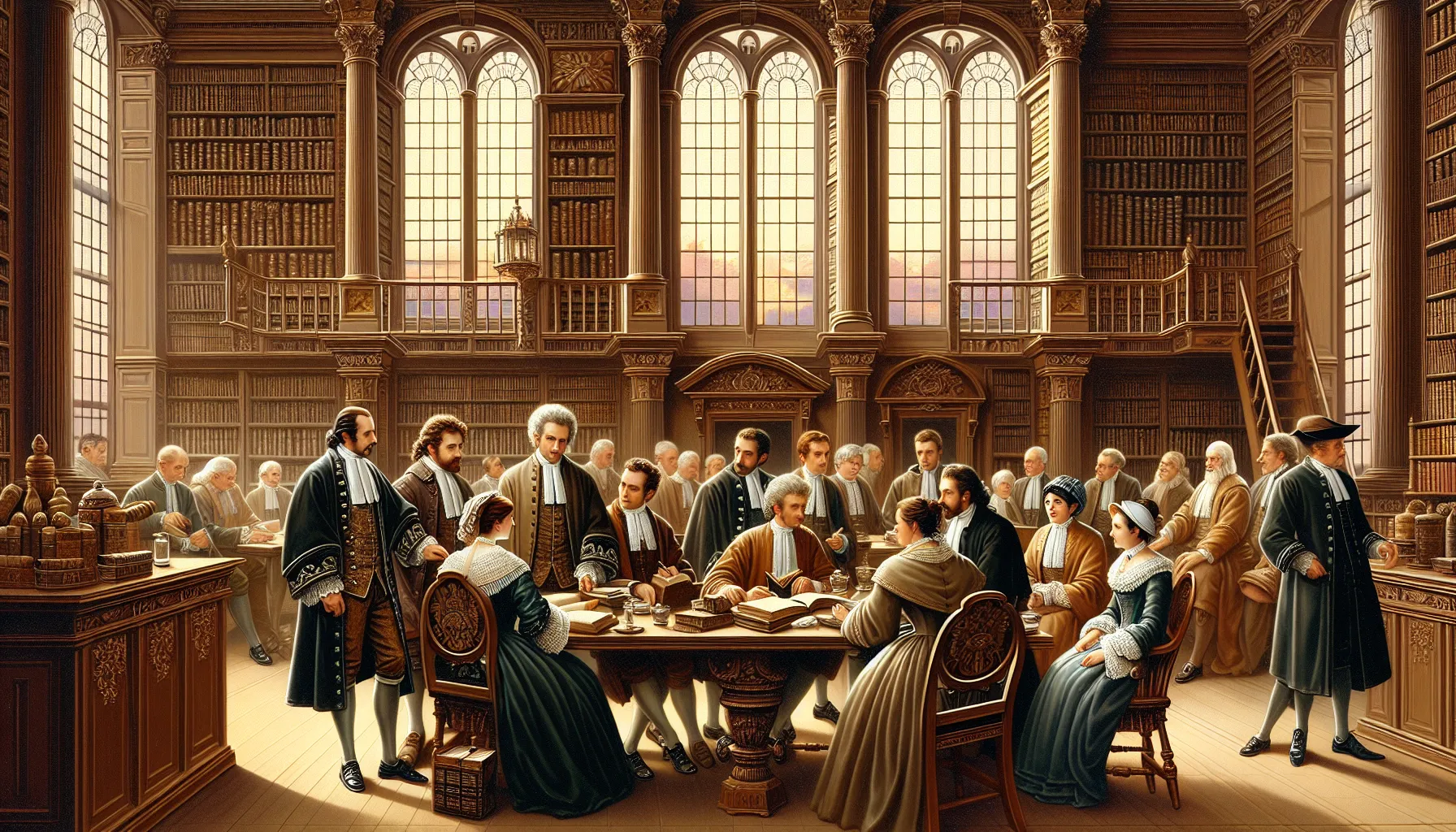
The digital age has transformed how we create, consume, and think about music. With emerging technologies reshaping nearly every aspect of the industry, composers and producers are increasingly turning to artificial intelligence and coding to explore new creative frontiers. Benjy Rostrum, known for his visionary work in the music business, recently shared his insights into the evolving landscape of algorithmic music—an approach where compositions are generated, influenced, or assisted by computer algorithms.
What Is Algorithmic Music?
Algorithmic music is not a new concept. For centuries, composers have used rules and patterns to create works that follow certain mathematical or procedural logic. However, what sets today’s algorithmic compositions apart is the integration of powerful software, machine learning, and generative systems. With just a few lines of code, creators can now produce entire pieces of music that evolve and adapt in real time, mimicking the complexity and emotion of human-made compositions.
Benjy explains that algorithmic music challenges traditional definitions of artistry and opens doors to limitless possibilities. Whether it’s crafting an ever-changing film score or generating ambient soundscapes that never repeat, this technology enables creators to break free from conventional boundaries.
Code as the New Instrument
In the hands of a skilled artist, code becomes more than just syntax—it becomes an expressive tool. Composers increasingly use languages like Python, SuperCollider, and Sonic Pi to design intricate audio experiences. These tools allow for dynamic music that can react to data inputs, user interactions, or even environmental changes.
Rostrum points out that this shift reflects a broader trend in the industry, where creativity is no longer confined to traditional instruments. “It’s not about replacing musicians,” he says. “It’s about expanding the toolkit.” For example, coders can generate beats based on stock market patterns or write harmonies that evolve depending on a listener’s heartbeat. The result is a deeply personalized and interactive musical experience.
Applications Across the Industry
From gaming to virtual reality, algorithmic music is becoming a staple in sectors that demand adaptable audio. In video games, adaptive soundtracks that shift based on gameplay intensity enhance immersion. In wellness apps, generative music offers calming soundscapes tailored to an individual’s mood or stress level. Even streaming services are exploring algorithmically curated compositions that respond to user behavior.
Rostrum notes that these applications aren’t merely experimental—they’re commercially viable. Startups and established companies alike are investing in tools that support real-time music generation. As a result, there is a growing demand for hybrid professionals who understand both music theory and software development.
Creative Autonomy vs. Machine Intelligence
Despite the excitement, the rise of algorithmic music has sparked debate within the creative community. Critics worry that relying on machines could dilute human emotion and artistic intention. Others argue that these tools simply provide a new lens through which to view creativity.
Benjy Rostrum believes the key lies in balance. “It’s not about letting algorithms take over,” he explains. “It’s about collaborating with them.” He sees algorithmic music as a partnership—where the machine offers patterns, textures, or ideas that a human might not think of, and the artist ultimately shapes the final piece.
This dynamic mirrors the evolution of other technologies in art, such as digital painting or CGI in filmmaking. Initially met with skepticism, these innovations eventually became essential parts of the creative process. Rostrum suggests that algorithmic music will follow a similar path, becoming a mainstream method of expression rather than a niche novelty.
Education and Accessibility
As algorithmic music gains traction, education plays a crucial role in its adoption. Many music programs are beginning to incorporate coding into their curriculum, teaching students how to bridge technical skills with musical knowledge. Platforms like TidalCycles and FoxDot offer beginner-friendly environments where artists can experiment with coding in a musical context.

Benjy advocates for broader accessibility, stressing that technical barriers should never limit creativity. “You don’t have to be a computer scientist to compose with code,” he says. “What matters is the willingness to explore.” By making these tools more approachable, the industry can empower a new generation of creators to redefine what music can be.
The Future of Algorithmic Composition
Looking ahead, the potential for algorithmic music is vast. Advances in AI, quantum computing, and data analysis will likely produce even more sophisticated systems capable of generating emotionally resonant music. We may see artists releasing albums that adapt based on weather, time of day, or listener preferences. Concerts might become immersive experiences where each performance is uniquely generated in the moment.
Benjy envisions a future where music isn’t just heard—it’s experienced in deeply interactive ways. He predicts a rise in collaborations between coders, musicians, and technologists, forming new creative collectives that push boundaries across disciplines. As the lines between art and technology blur, one thing is clear: algorithmic music is here to stay.
Conclusion
Algorithmic music represents a fascinating evolution in how we understand and engage with sound. It challenges our perceptions of creativity, invites collaboration between humans and machines, and opens up new avenues for expression. For forward-thinkers like Benjy Rostrum, this isn’t the end of traditional music—it’s a bold new beginning.










